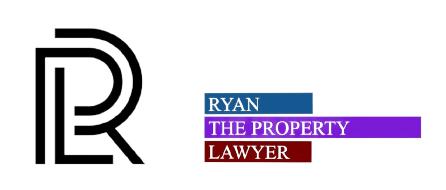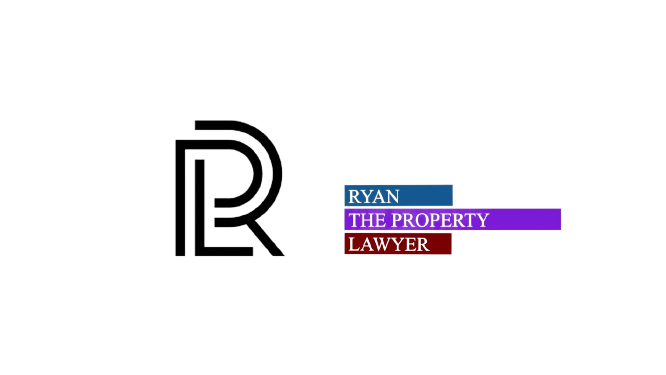On May 20, 2021, the Office of the Superintendent of Financial Institutions (OSFI) announced important changes to the minimum qualifying rate on uninsured mortgages (residential mortgages with a down payment of 20% or more):
“Effective June 1, the minimum qualifying rate for uninsured mortgages (i.e., residential mortgages with a down payment of 20 percent or more) will be the greater of the mortgage contract rate plus 2 percent or 5.25 percent.”[1]
Immediately following the OSFI announcement, Canada’s Department of Finance released a statement confirming that it, too, will apply the same rate to insured mortgages (residential mortgages with a down payment of less than 20%):
“With today’s official confirmation from OSFI of the new minimum qualifying rate for uninsured mortgages, the federal government will align with OSFI by establishing a new minimum qualifying rate for insured mortgages, subject to review and periodic adjustment, which will be the greater of the borrower’s mortgage contract rate plus 2 per cent, or 5.25 per cent. This will apply to insured mortgages approved on June 1, 2021, or later.”[2]
What does this mean for home buyers in Ontario? Simply put: all buyers will have to qualify at 5.25%.
The 5.25% interest rate represents an increase in the mortgage stress test threshold, which previously demanded less of borrowers at 4.79%. For comparison, strictly speaking, borrowers now qualify for a lower mortgage amount.
Yesterday, Zoocasa released a report in which it calculated the annual income required of buyers to qualify for a mortgage amount that would enable them to purchase an average-priced home in 11 cities across Canada. Estimates were based on the assumption that buyers had no additional debt, were making a 20% down payment, and were subject to a 30-year amortization period.[3]
The analysis reflects that buyers in the Greater Toronto Area (GTA) would see their mortgage qualification reduced by $42,475 on an average home price of $1,090,992. In other words, Toronto buyers would need to supplement their income by $8,000 in order to qualify for the same mortgage amount.
While the new floor rate certainly cuts down on buying power, it could suggest that fewer buyers will be in the position to bid as high an amount on a home. This could, in turn, release the price pressure on GTA housing overall. In any case, the protective measures taken by the Canadian government to scale down on risky mortgage debt are expected to help cool an already overheated housing market.
RPL is Ontario’s leading law firm in co-ownership of residential and commercial property. We have helped hundreds of clients buy, sell & mortgage their properties. Contact us to learn more about how we can help you, including how we can leverage our network of mortgage brokers and lenders to help you achieve your home-ownership goals.
Author Profile

Latest Blog
 Uncategorised22 December 2023What Constitutes a Legal Partnership in Ontario?
Uncategorised22 December 2023What Constitutes a Legal Partnership in Ontario? Uncategorised22 December 2023Characteristics of a Corporation in Ontario
Uncategorised22 December 2023Characteristics of a Corporation in Ontario Uncategorised22 December 2023Intentions Matter When Co-Owning Property
Uncategorised22 December 2023Intentions Matter When Co-Owning Property Uncategorised22 December 2023Consequences of Operating an Ontario Partnership
Uncategorised22 December 2023Consequences of Operating an Ontario Partnership




